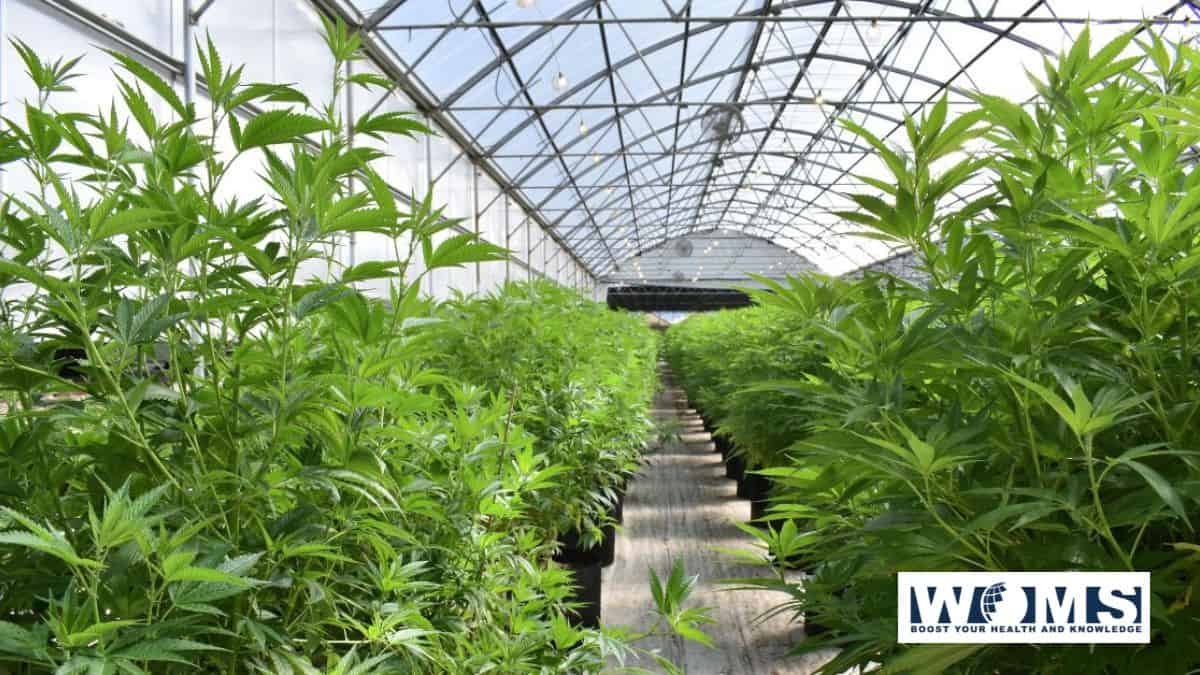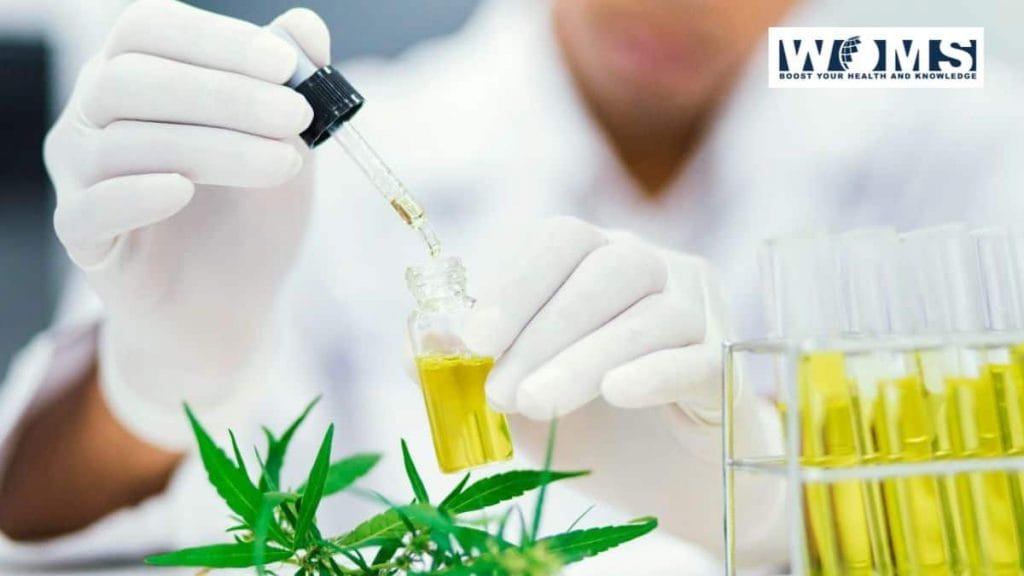Vacuum Technology: The Next Frontier in Cannabinoid Extraction

The demand for cannabinoid-based products is rapidly increasing as more and more countries legalize cannabis for studies, testing, and alternative remedies. Cannabinoids such as cannabidiol (CBD) and tetrahydrocannabinol (THC) have been found to be useful in cases of allergies, pain, anxiety, eating disorders, and a wide variety of other specific cases. Through processes such as drying, extraction, evaporation, and distillation, vacuum technology plays an important role in the industrial processing of cannabis to obtain high-quality CBD and THC. By using vacuum technology, manufacturers are able to effectively and efficiently produce these pure active ingredients from the various components of the cannabis plant.
Cannabis extraction methods
Cannabis extraction refers to the entire process of separating cannabis’s active ingredients (known as cannabinoids) from the plant’s organic material.
The most common extraction method is to use solvents such as butane or propane. This method, however, can be risky and not always effective.
Vacuum technology is an efficient alternative to traditional cannabis extraction methods. The employment of vacuum technology reduces the pressure inside the chamber containing cannabis plant leaves, causing extra materials and water to evaporate. This enables the extraction of cannabinoids without the use of hazardous chemicals.
The vacuum technology also allows for a higher yield of cannabinoids and a higher purity of the extract. This makes it the preferred method of extraction for many cannabis manufacturers.
The stages of THC and CBD extraction
The active ingredients of THC and CBD are extracted in stages, some of which use vacuum technology to ensure more effective and efficient production. You may check out this pure delta 8 thc.
1. Drying
Cannabis can be dried using freeze drying, microwave vacuum drying, or vacuum drying after it has been harvested. All of these methods necessitate the use of vacuum technology. The preferred method is freeze drying, which is a quick and gentle way to dry harvested cannabis plants. Water is removed from the plant using the physical process of sublimation, as it does not require high temperatures or long drying times.
Freeze drying
Using freeze drying, cannabis plants can be dried quickly and gently. This method is based on the physical process of sublimation, in which water directly transitions from a solid, frozen state to a gaseous state. Freeze drying allows for the rapid but delicate drying of plants or plant parts that contain 80 percent water.

Cannabis plants or their components are deep-frozen at room temperature first. They are then subjected to a vacuum, where frozen water sublimates and becomes gaseous. This allows the water to be suctioned off as vapor without heating it, preserving the integrity of the plant.
The proper application of vacuum technology is critical for this drying process. Absolute pressures ranging from 0.001 to 0.5 millibar are commonly used for freeze drying, depending on the plant.
The product obtained after the first stage is known as biomass.
2. Extracting oil from the obtained biomass
Hydrocarbon and carbon dioxide extraction
The final product, or biomass, is what is left over from the first stage. An extraction process is required next to obtain cannabis oil. Initially, hydrocarbon and carbon dioxide extraction were the most common methods of extracting oil from the cannabis plant. Both extraction processes necessitated a subsequent winterization process to remove waxes and grease from the oil. During the winterization process, ethanol is added to the crude oil, which is then cooled to -40° Celsius and put through cold filtration.
Ethanol extraction
Because of its high efficiency and safety, ethanol extraction of cannabis oil has grown in use in recent years. This extraction method combines the high efficiency of hydrocarbon extraction with the high level of safety of carbon dioxide extraction, while also eliminating the need for winterization.
To achieve the desired extraction properties, supercooled ethanol is extracted under vacuum at absolute pressures ranging from 0.001 to 1 mbar. The dried plant parts, known as biomass, are now separated from the cannabis oil.
The ethanol extraction intermediate product is always a mixture of cannabis oil and ethanol. Cannabis oil derived from the cannabis plant contains a variety of cannabinoids. CBD and THC are the most desired, accounting for 60 to 80 percent of the extracted liquid. Cannabis oil also contains essential oils (terpenes), lipids, flavonoids, waxes, and grease. The raw oil’s composition is determined by the plant itself, the components used, the extraction method chosen, and parameters such as temperature, pressure, and time.
3. Vacuum evaporation
Following extraction, the cannabis oil/ethanol mixture is passed through an evaporation process to remove the ethanol. This is easily accomplished in a rotary evaporator at room temperature or with a light heating, and a vacuum of 50 to 100 mbar. The vacuum evaporation process yields crude cannabis oil with a THC/CBD concentration of 60 to 80 percent.
Scroll pumps produce a vacuum by employing a simple dual-scroll mechanism in which one nested scroll orbits within the other, resulting in moving zones of captured gas. After entering the perimeter scroll, the gas is displaced and compressed toward the center hub, where it is exhausted. Agilent IDP hermetic dry scroll pumps have isolated bearings and provide a clean, quiet vacuum that is free of oil. They are ideal for cannabis extraction, as well as cryogenics, freeze dryers, analytical instrumentation, and turbo pump backup.
Cannabinoids, terpenes, and flavonoids are still mixed together in the cannabis crude oil. These must be separated through a distillation process, and one of the most common and efficient distillation processes is known as short-path distillation. With this method, the separation is done by taking into account the various boiling points of the different oil constituents at varying temperatures and pressures. THC, for example, starts to evaporate at an atmospheric pressure of 157° Celsius, whereas CBD evaporates between 160 and 180° Celsius. The boiling points of individual terpenes and flavonoids are lower. By performing the distillation under vacuum, the temperatures required to boil the various cannabinoids are reduced. Short path distillation operates at vacuum levels ranging from 0.001 to 1 mbar. The oil is gradually heated, and the vacuum level is adjusted so that terpenes and flavonoids evaporate selectively and can be obtained later via condensation. What remains as concentrate is a liquid containing 99 percent pure THC and CBD cannabinoids.
In a second distillation step, THC is separated from CBD using a thin film evaporator. Thin film evaporators work in the same way as short path distillation, but with a different vacuum and temperature. Distillation is carried out at higher temperatures and with a rough vacuum level of around 1 mbar, as the psychoactive effect of THC is activated by heating it to 104° Celsius – a process known as decarboxylation. This temperature is typically reached during distillation, but decarboxylation can also be performed as an intermediate and separate step prior to distillation.
Finally, CBD and THC are extracted in their purest form and can now be used as active ingredients in a variety of applications.
Choosing the right vacuum technology equipment
Cannabinoid-based substances, particularly cannabidiol (CBD) and tetrahydrocannabinol (THC), are in high demand since they have been proven to be effective in a variety of cases, experiments, and studies against pain or discomfort. Vacuum technology is required for industrial cannabis processing in order to obtain pure CBD and THC, and various types of vacuum technologies have been developed for diverse circumstances. The best vacuum technology and equipment for each unique situation should be determined by consulting a vacuum specialist. Agilent Technologies is a vacuum solutions company that provides a wide range of vacuum pumps and systems, as well as personalized and in-depth advice from vacuum specialists. Understanding the strict requirements of your vacuum needs is critical for providing the most dependable, high-performance solutions that enhance efficiency and optimize results.




